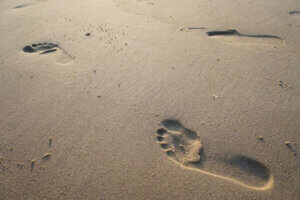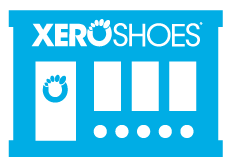How to Avoid Barefoot Running Blister – Xero Shoes
This post was recently updated September 28, 2023.
Getting a blister from barefoot running was the best thing that could have ever happened to me. It not only taught me about blister prevention but, literally, changed my life (and my wife’s too)..
Let me back up and tell you the whole story so you can understand why.
On my first barefoot run ever, I was so fascinated by the sensations, and so transfixed by experimenting with my gait to see the effects of different stride patterns, I didn’t even notice I had run 5k.
Now that may not sound like much to you ultramarathon guys, but I’m a sprinter. I’d never run more than a mile before!
About 20 minutes after the run, though, I noticed that I had a big blister on the ball of my left foot, behind my 2nd toe.
It wasn’t lost on me that I only had a blister on one foot.
And it was particularly interesting that it was my left foot, because most of the injuries I’d been getting (the ones that inspired me to try barefoot running, with the hope it would cure me), were in my left leg.
Clearly, I was doing something with my left leg that caused the blister. Something I wasn’t doing with my right leg, which felt fine.
A week later, I went out for a second barefoot run, well before the blister had fully healed. In fact, the blister had popped and I had a gaping hole on the bottom of my foot.
I thought that I’d experiment some more and see if I could run in a way that didn’t hurt, figuring that if I wasn’t in pain I wouldn’t be doing what caused the blister in the first place.
I figured I’d give myself 10 minutes and if I couldn’t find a way to run pain-free, I’d just stop and try again when the blister was healed.
As I ran, I kept thinking, “How can I stop doing with my left leg what I’m already not doing with my right?”
Instead of paying attention to the “bad” side, I put my attention on my “good” leg, my right leg, and wondered, “How can I just do THIS, whatever that is, with my left leg?
But no luck. For the first nine minutes of that run I was in pain. I couldn’t find a way to run that didn’t hurt.
About 30 seconds later, something changed.
At the time, I didn’t know what it was, all I knew was that I was able to run without my left foot hurting.
I wasn’t doing whatever it was that caused the blister in the first place.
And, simultaneously, my running was easier, faster, lighter and used less effort than ever. I finished the run (only about 3k this time, but still…) and felt fine.
That was over 14 years ago and the last time I’ve had a running injury.
What changed?
Before I answer that question, let me explain why blisters form in the first place.
Understanding that will help the rest of what I say make more sense. And it will also help you see how you could prevent foot blisters in your own running.
What Causes Blisters from Running, Anyway?
It’s simple.
Running blisters are caused by excessive friction.
They occur when your skin is being rubbed in a way that damages it.
Your body’s response is to gather clear fluid underneath the skin that is being damaged to protect the underlying tissues.
As you know, they are painful — especially if the blister pops, exposing the raw skin underneath.
When you are running in shoes, blisters can form any time your foot is sliding against your shoe. Obviously, a blister doesn’t form immediately. But when friction occurs from repeated rubbing of any part of your feet or toes inside your shoes, eventually you’re going to wind up with a painful blister.
As my story highlights, this can happen when running barefoot, too. The way your foot makes contact with the ground can also generate the excessive horizontal force, the friction, that leads to blisters.
Barefoot running blisters certainly aren’t necessary; nor are blisters when wearing running shoes.
The key is to prevent the friction that causes them to form in the first place.
So how do we do that?
The Running Mistakes That Lead to Blisters
When runners get blisters, it is often because they are doing one or more of these three things:
- Overstriding (landing with their foot too far in front of their body – effectively putting on the brakes – rather than placing it under — or closer to — their center of mass)
- Pulling their feet towards them (which, by the way, also puts strain on the hamstring)
- Pushing off with their toes (sometimes called “toeing off,” instead of initiating lifting your foot off the ground by flexing the hip, the motion you do when raising your knee))
If you think about the mechanics of how blisters form, you can see the problem here with all three. Each of them creates excessive horizontal force, excessive friction.
When it came to my own blister, I discovered I was doing the first of these, with one extra mistake. More about that in a moment.
Let’s dive into each running form mistake to help you avoid blisters in the future.
Mistake #1: Reaching out with your feet:
When you land with your foot too far in front of your body, you’re applying braking force on your feet every time they hit the ground. In other words, as your foot hits the ground, the momentum of your body wants to continue forward but your foot is pushing back against it.
Exactly what happens next depends upon what you’re wearing. If you have nothing on your feet, your skin is likely to grip the ground, preventing it from sliding. This means stress on your tissues as lower layers essentially tug against the upper layer of your skin.
If, on the other hand, you overstride while wearing a running shoe, your foot is probably going to slide within the shoe as the shoe’s sole grips the ground securely.
Whichever happens, this repetitive rubbing can generate blisters. The location will vary, however, depending upon your foot strike pattern. If you land heel first, you’re likely going to get blisters on your heels. (By the way, landing on your heels is a bad idea for other reasons, too. It creates significant impact forces that are hard on your joints and tissues.)
If you land mid-foot or toward the front of your foot, you’re going to see blisters on the balls of your feet.
This is what I was doing since, as a sprinter, I wanted to land on the ball of my foot. I was overstriding and pointing my foot.
How to prevent this issue:
The solution to this blister-causing stride pattern is landing your steps closer to under your body as you run.
Mistake #2: Pulling your feet
Many runners can fall into this habit because it feels like a way to gain more speed – to essentially pull your body forward with your foot against the ground.
The result is just like what happens when you land with your feet too far out in front of you, only this time the direction of the rubbing is the opposite.
You still end up with increased friction on the bottom of your foot and the resulting blisters.
How to prevent this issue:
If you stop overstriding, and land with your foot under your body, you’re less likely to pull your foot when it’s on the ground, reducing the chances of developing this type of blister.
Mistake #3: Pushing off
This is similar to pulling with the foot, though here it isn’t pulling with a foot out in front of me but trying to give an extra push forward with a foot beneath or behind me, by flexing your toes, or what some call “toe-ing off.”
You can probably see how this puts horizontal pressure on the toes, creating more friction.
The correct motion simply involves lifting (not pushing) your foot off the ground by flexing your hip.
In other words, imagine that you step on a bee… you wouldn’t push off the ground since that would drive the stinger further into your foot. Instead, you would reflexively flex your hip, which lifts your foot off the ground.
How to prevent this issue:
To prevent a pushing-off blister while running, you want to think about lifting the foot rather than pushing off.
I could summarize all three of these things by saying you should try to run in such a way that minimizes horizontal forces applied to the bottoms of your feet.
Your feet should come and go down with as little braking, pushing, pulling, or sliding as possible
If you want to prevent blisters, in shoes or not, it can help if you learn how to run barefoot in a way that minimizes friction.
Other Tips to Prevent Blisters
Your shoes and your form are probably the most important things to pay attention to if you want to prevent blisters. There are two other things that can be helpful to keep in mind, however:
- Moisture: Moisture is your enemy when it comes to blisters. As surprising as it might sound, moisture increases friction and can also make your skin more susceptible to damage. If you need to, you can use talcum powder (like baby powder) to help absorb moisture.
- Running Socks: Socks are a useful way to control moisture when you run wearing shoes. We could get into a big discussion about which are the right socks (Cotton socks? Wool? Double-layer socks?), but I’ll save that for another time.
Running socks are usually specially designed to wick away moisture. If you do choose to wear socks to help keep your feet dry and reduce friction, look for the thinnest socks you can find to preserve as much as possible the natural feedback we’ve talked about above. - Moderation: While it’s possible to run long distances, in shoes or bare feet, without getting blisters, sometimes our form breaks down when we’re tired. Or the terrain makes it hard to have good form for your whole run.
Even in the best of circumstances, your skin can only take so much, especially when you are getting started or beginning to push to longer distances.
Runners sometimes resort to extra tricks like applying duct tape or an anti-chafing balm when they know they’ll be dealing with tiredness and their form breaking down at the end of a longer-than-usual run.
I get it; sometimes you feel like you need to be out there, even despite your blisters. In general, though, I think it’s best to take it slowly and, again, listen to your body.
To summarize, run in a way that minimizes friction on your feet, stay away from ill-fitting shoes that don’t let your feet move naturally, keep your feet dry, and be prepared to listen when your body is telling you to stop or slow down. If you do get them, treat blisters and take some time off so your body can heal.
Can Barefoot Running Help Prevent Blisters?
I began by telling my own story about getting a blister when I started experimenting with barefoot running. While I’m not suggesting you run barefoot, it was certainly life-changing for me.
One of the best things about barefoot running is that bad form hurts, and good form feels great. So you learn right away to listen to the feedback your body is giving you and to make adjustments.
All of the padding and support in traditional running shoes actually prevent you from really feeling what’s going on.
With barefoot running, you become attuned to the effects of your form and can use that input to coach yourself to become a better runner.
It’s an ongoing process of continual improvement. I believe a better form is going to be better for your body in every way, including reducing the chances of getting blisters.
But What About Barefoot Shoes?
Given what I’ve said about running barefoot, you might be wondering what I’d say about barefoot shoes. Do they give any advantages when it comes to blister prevention?
One of the reasons for blisters is the foot rubbing that comes from the way you’re running, as we discussed above. Another reason many runners get blisters, however, is because of the shoes they are wearing. If your shoes don’t fit properly or move properly with your foot, you are going to have issues.
Think about it. The bones, joints, and muscles in your feet are designed to move as you walk or run. They are not solid, immovable objects. That means your shoes need to be able to move with your feet to reduce or eliminate friction.
Traditional running shoes fall short in this area.
They are too stiff to flex naturally and usually too cramped in the toe box to allow your toes to move freely.
Instead, they end up rubbing against the sides of the shoe, or against each other, both of which can be blister-causing. A still heel can also lead to blisters on the Achilles.
After my barefoot blister experience, I wanted to keep getting that feedback, and enjoying that natural motion. Plus having no extra weight on my feet felt great, too.
But I also wanted to get into restaurants without arguing about whether it’s legal to be there without shoes (it is, by the way… but they can have a policy about footwear).
Plus, my wife got tired of me bringing my dirty, bare feet into our white carpeted house.
Put all that together, and that led to my wife and I starting Xero Shoes, making footwear that gives that barefoot feeling, plus some protection.
(Now you know how my blister changed my wife’s life, too 😉 )
How Barefoot Running Shoes Can Help Prevent Blisters
Barefoot running shoes are designed with a thin, flexible sole and a roomy, foot-shaped toe box. This kind of shoe is going to do three things for you.
- First, it is going to allow you to maintain that ground feel I was talking about earlier. You’ll be able to listen to the feedback your body gives you to hone in on your ideal form.
- Second, barefoot shoes will move with your feet, helping to prevent blisters.
- And third, the wider toe box can keep your toes from rubbing against each other.
People sometimes think it is inevitable that new running shoes will hurt your feet. This just isn’t true.
New shoes that actually move with your feet and have enough room for your toes can feel great from day one.
Closing Out: Barefoot Running and Blister Prevention
It’s no fun to get foot blisters. But my first barefoot running blister was the best thing that ever happened to me as a runner. It taught me to listen to my body and I’ve become a much better runner for it.
In fact, not only did my injuries go away, but I became a Masters All-American sprinter. For men in my age group, I’m one of the fastest in the country.
I can’t promise you’ll become a nationally ranked runner, but I hope this info helps you have more fun doing whatever you do on your feet and Live Life Feet First!
The content of this post does not constitute and is not intended to be a substitute for professional medical advice, diagnosis or treatment. Always seek the advice of a physician or other qualified health provider with any questions or concerns you may have about your health or a medical condition.







